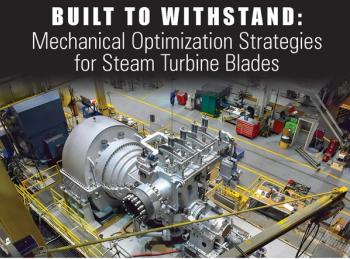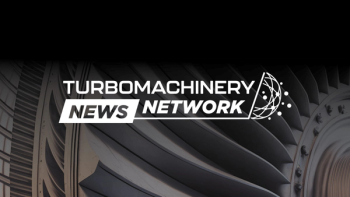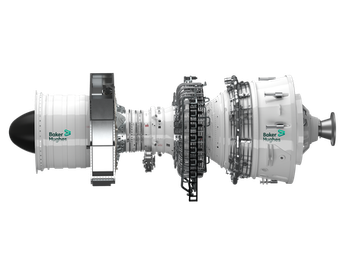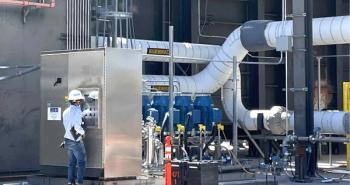
MHI’s CO2-Capture Pilot Plant Begins Operation at Japanese Power Station
The Kansai Mitsubishi CO2-recovery process extracts carbon from flue gas at the Himeji plant, and the ΣSynX Supervision remote monitoring system collects pilot data.
Mitsubishi Heavy Industries (MHI) installed, commissioned, and kick-started a CO2-capture pilot plant at Kansai Electric Power’s (KEPCO) Himeji no. 2 power station in Hyogo Prefecture, Japan. Using MHI’s Kansai Mitsubishi Carbon Dioxide Recovery process (KM CDR), the pilot will extract CO2 from Himeji’s gas turbine-produced flue stream, allowing MHI to conduct additional research and development for carbon-capture technologies.
KEPCO’s power plant currently captures approximately 5 tons of CO2 per day, with the next-generation pilot project expected to increase the CO2-capture rate following demonstration. MHI also installed its ΣSynX Supervision remote monitoring system to monitor and collect pilot data. With the pilot, MHI looks to:
- Strengthen its carbon capture, utilization, and storage (CCUS) business
- Accelerate R&D for minimizing environmental footprint and lowering costs
- Enable additional demonstration tests with new equipment
- Adhere to MISSION NET ZERO—an initiative to decarbonize both energy supply and demand by 2040
KEPCO and MHI have partnered on the research and development of CO2-capture technologies since 1990. With this pilot project, they will respond quickly to customers’ requirements to reduce greenhouse gas emissions and comply with environmental regulations.
KM CDR Process + Deployment
In 2022, MHI Group and ExxonMobil joined forces to develop an end-to-end, next-generation CCS solution for power plants. MHI and KEPCO offered their KM CDR and Advanced KM CDR technologies for this initiative, which are presently installed across 18 power plants.
The Advanced KM CDR process uses the KS-21 solvent, an improved version of the amine-based KS-1, delivering enhanced regeneration efficiency and reduced deterioration compared to its predecessor. Through numerous pilots, demonstrations, and commercial operations, this CO2-capture technology has shown energy-saving performance, minimized OPEX, and lower amine emissions.
In mid-September 2024, MHI deployed its KM CDR Process to remove approximately 25,000 tons of CO2 per year at a fully operational post-combustion carbon-capture plant. The facility, located in Ravenna, Italy, is part of the
At the plant, MHI’s carbon-capture process treats low-CO2 flue gas from a natural gas turbine driving a turbocompressor. With CO2 concentration levels less than 3% and low atmospheric pressure in the exhaust, the technology is reducing CO2 emissions by 90% with peaks of 96%.
Ravenna CCS, developed exclusively to mitigate environmental impact, is Italy’s first project to capture, transport, and permanently store CO2. Captured CO2 is transported through repurposed gas pipelines, then injected and stored at 3,000-meter depth in Eni’s Porto Corsini Mare Ovest depleted offshore gas field. During Ravenna CCS Phase 2, further industrial-scale development will enable storage of up to 4 million tons of CO2 annually by 2030.
MHI in the News
In February 2025, Mitsubishi Power successfully delivered its hydrogen-ready M701 JAC gas turbine to Aluminum Bahrain’s
Newsletter
Power your knowledge with the latest in turbine technology, engineering advances, and energy solutions—subscribe to Turbomachinery International today.





